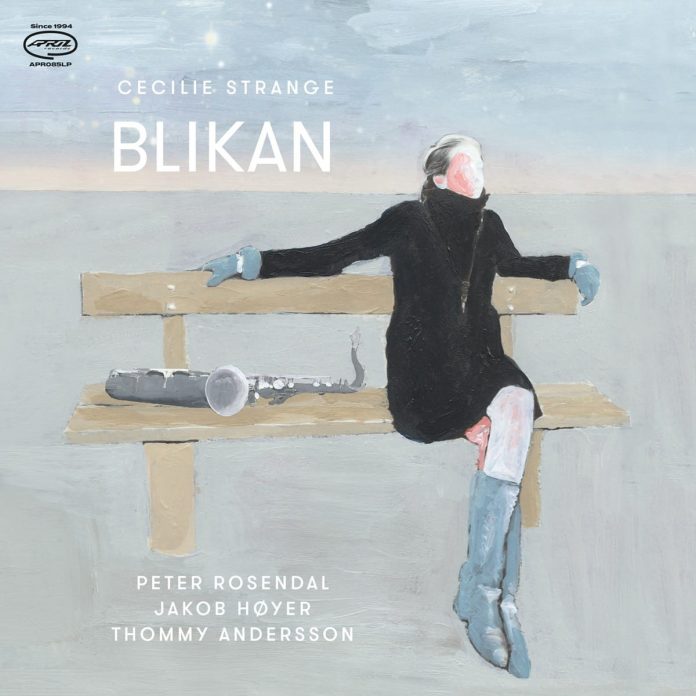This is Cecilie’s first album recorded on the same days as Blue, which was released first in May 2020. If anything, this is an even better record overall, but I rated Blue five stars and I can’t go any higher.
Rosendal’s lush piano chords open Eudaimonia and the tenor sax floats in behind and embellishes the theme. We hear something close to spontaneous improvised music here as the quartet tightens up and the various solos tumble out. It begins with a very melancholic tenor sax solo, but this gradually segues into a soaring chorus as the rhythm section sparkles behind the soloist.
The Clearing is an elegy for the 77 people killed by the right-wing extremist Anders Behring Breivik in Norway in July 2011. Cecilie’s sax is again sombre and this time edgy too. The Dance #9 begins with tom-toms and splashing cymbals before the leader’s tenor floats out and begins some low-key excursions over a gently thrusting rhythm section. Most of this music is dark and brooding but played with warmth and skill. When Sunny Smiles features flowing tenor and deep, dark bowed bass from Andersson. Wild Flower is a completely free piece, put together in the studio, that comes across as a well-played exercise in modern collective improvisation by the four musicians.
The final track, which translates as “I Know A Lovely Rose”, is from a 15th-century Swedish folk song. The tenor lines are fragmented, spaces filled by the dark bass and gently chattering drums. Pianist Rosendal lays out on this piece. This music is gentle, often deep in melancholy, but sustained by the beauty of expression of Cecilie and her three companions.
Discography
Eudaimonia: The Clearing; The Dance #9; When Sunny Smiles; Wild Flower; Jag Vet En Dejlig Rosa (40.02)
Strange (ts); Peter Rosendal (p); Thommy Andersson (b); Jacob Høyer (d). Copenhagen, 10 & 11 June 2019.
April Records APR 085
















